10 Best B2B Lead Sources For Cold Email (2025)
Updated December 2025
A great lead list is the difference between a 5% reply rate and a 0.5% reply rate.
In this article, I share the top 10 B2B lead sources for cold email:
1. LinkedIn Sales Navigator
2. Job ad sites (LinkedIn, Upwork & Indeed)
3. Crunchbase
4. PitchBook
5. Find “top companies in x category”
6. Review sites
7. YCombinator
8. Competitor audiences
9. Google Maps
10. Directories
1. LinkedIn Sales Navigator
LinkedIn Sales Navigator is the most accurate lead database.
LinkedIn is the only platform that actually owns the data, meaning that it's more accurate compared to other options like Apollo or ZoomInfo.
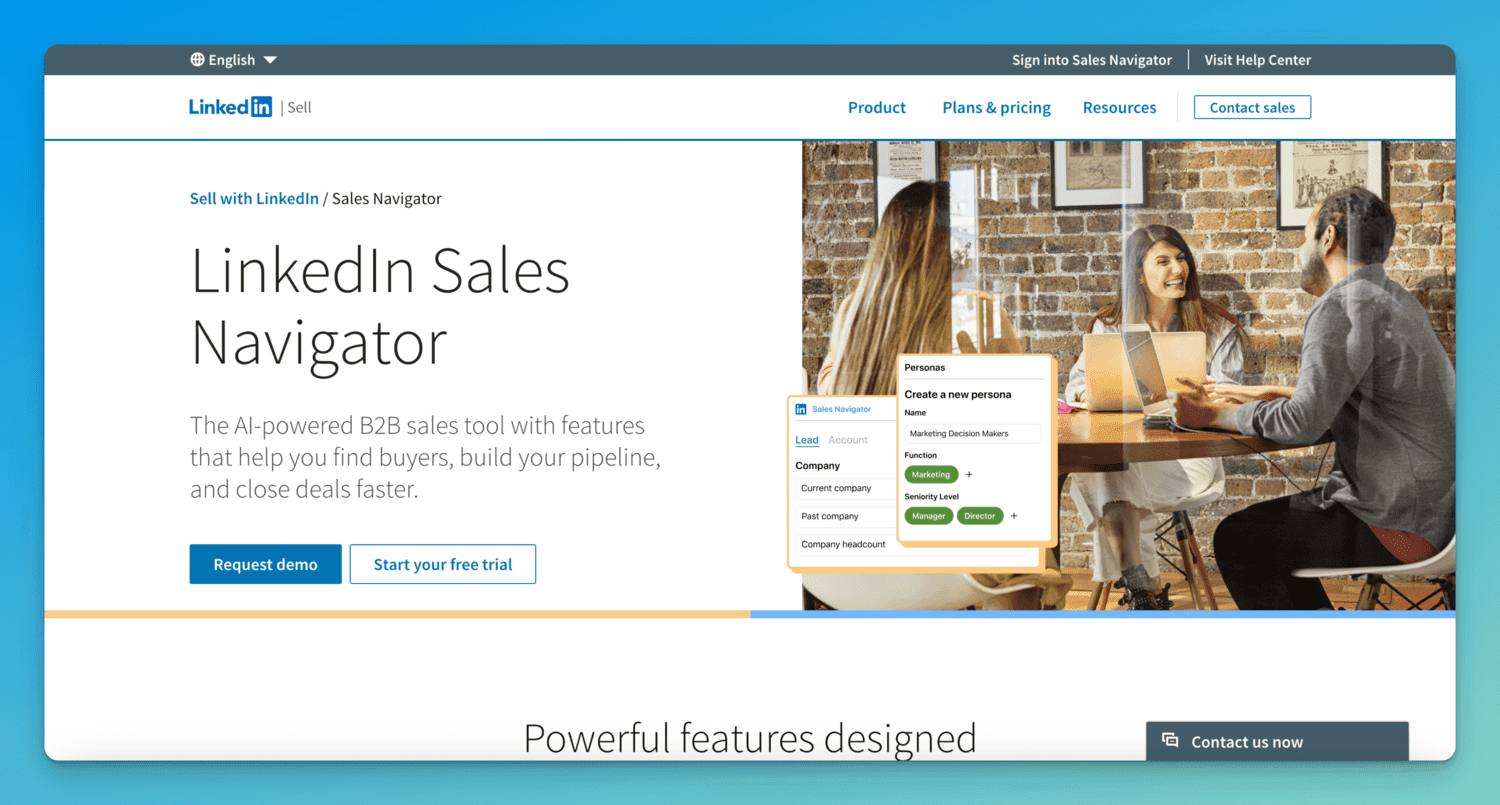
Sales Navigator allows you to search for B2B leads in any location or industry. They have more than 25 search filters.
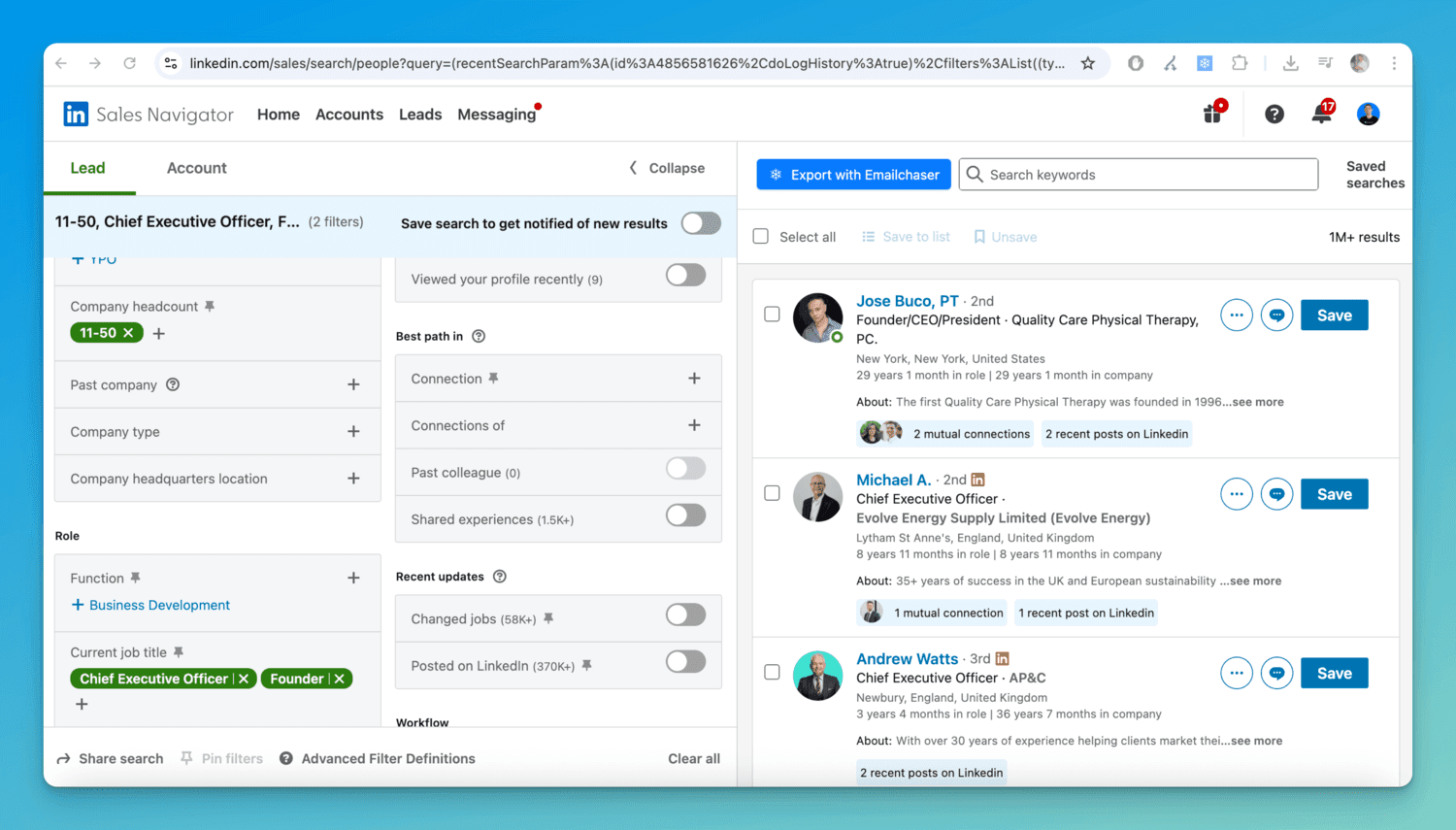
The issue with LinkedIn is that they don't make the email address of each lead publicly available; this means that you need to use a Chrome extension (like Emailchaser's Lead Finder extension) to export the leads with their emails directly from Sales Navigator.
Emailchaser's extension finds the correct email for each lead, even when the email isn't publicly available; it achieves this by looking at the name and company website of each lead, and using double-verification to validate which email format is correct (since the vast majority of professional emails follow the same ten formats).
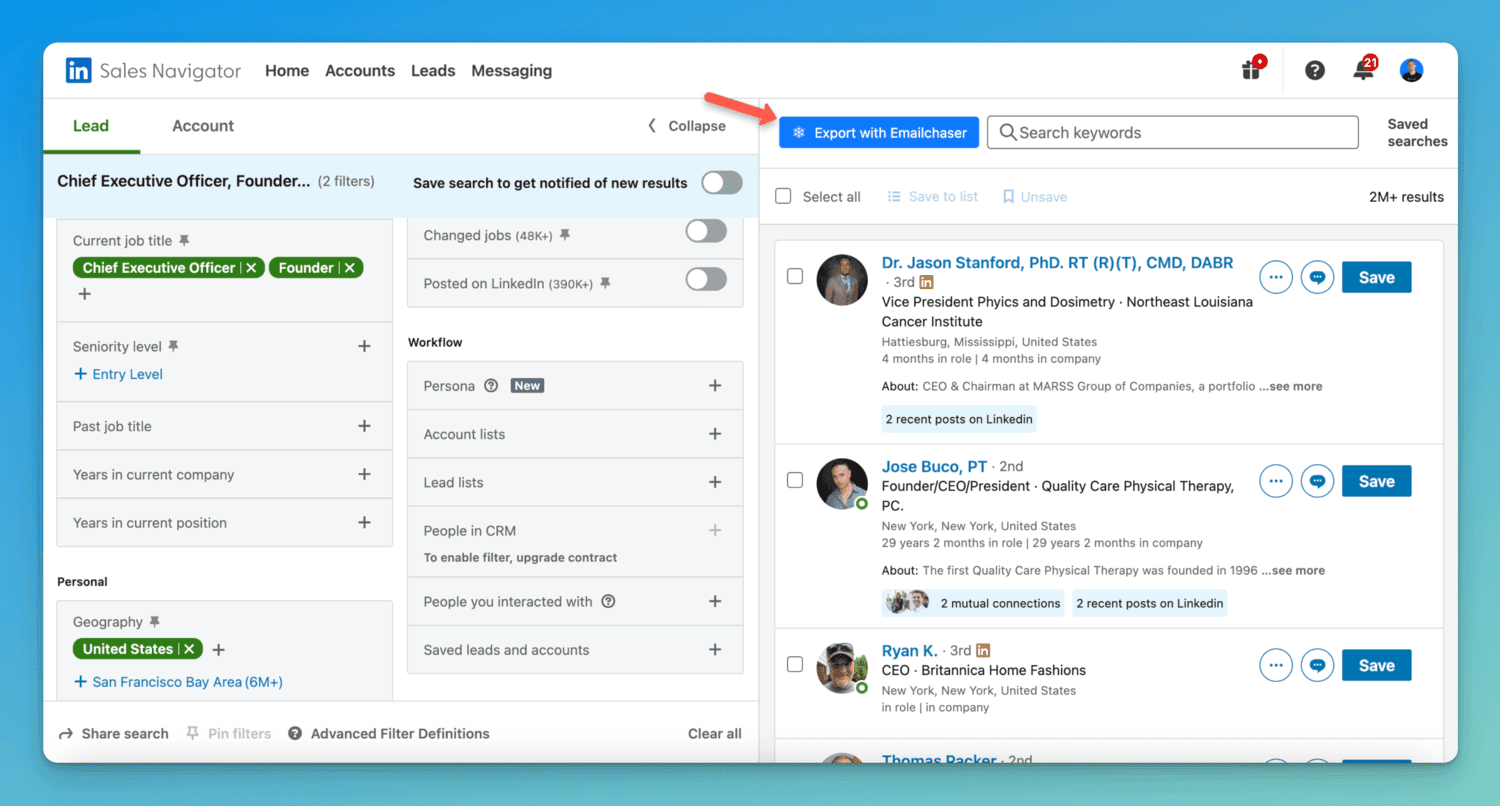
2. Job ad sites (LinkedIn, Upwork & Indeed)
You can find companies that are actively hiring by scraping job boards such as LinkedIn, Upwork or Indeed.
When a company posts a job opening, it’s a strong signal that they need assistance or new solutions.
For example, if a business is recruiting sales reps, they are also probably in the market for sales tools, meaning that if you are selling a sales tool, then you should reach out to them.
There are pre-made scrapers available on Apify; if you’re not technical, then you can hire a developer to set up and run the scraper for you.
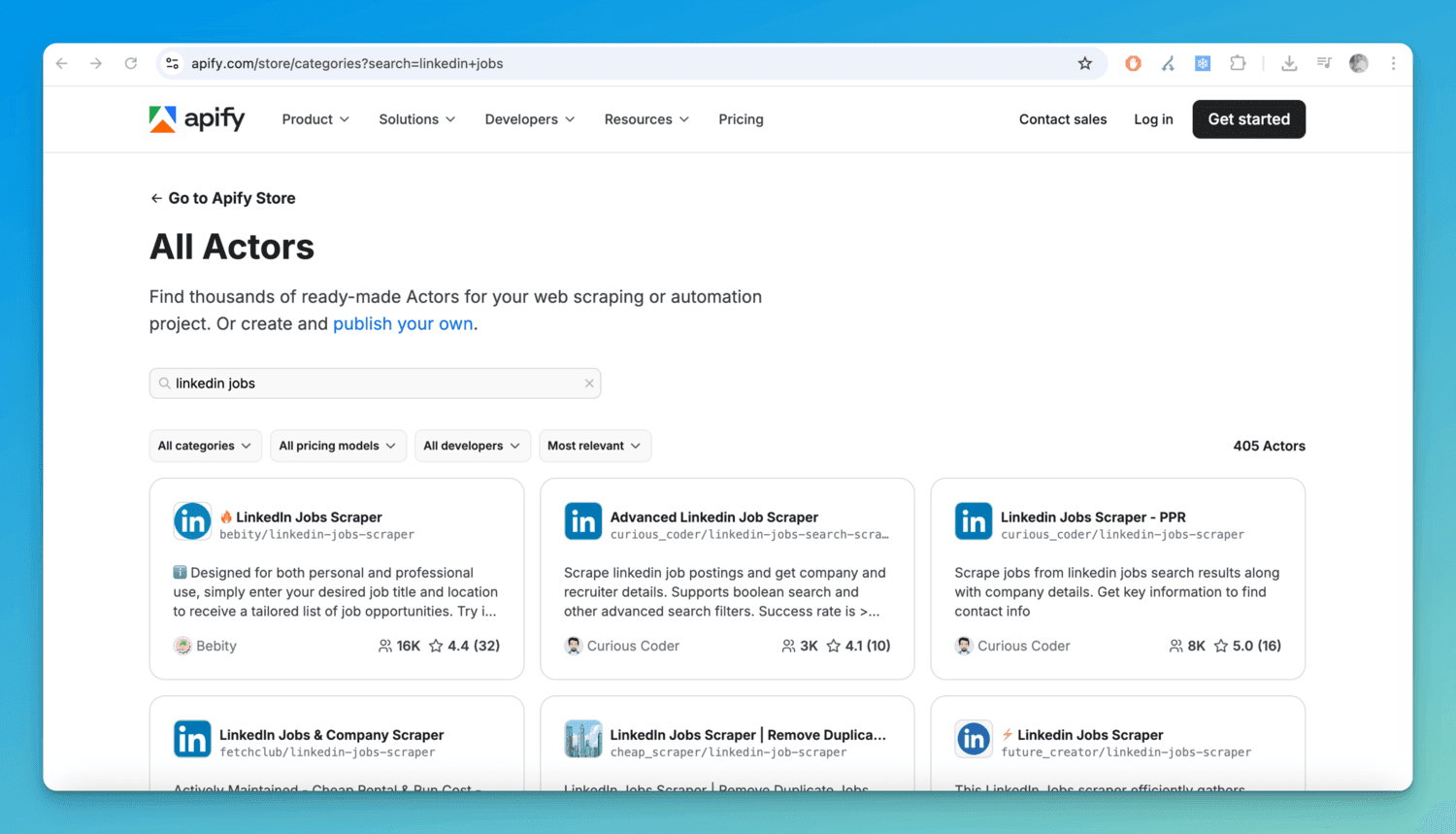
3. Crunchbase
Crunchbase is a website that allows you to see companies that recently raised funding.
This is a good lead source if you are looking to sell to recently funded companies.
The reason why salespeople often target recently funded companies is because they have money to spend and are in a growth phase, making them more likely to buy your product or service.
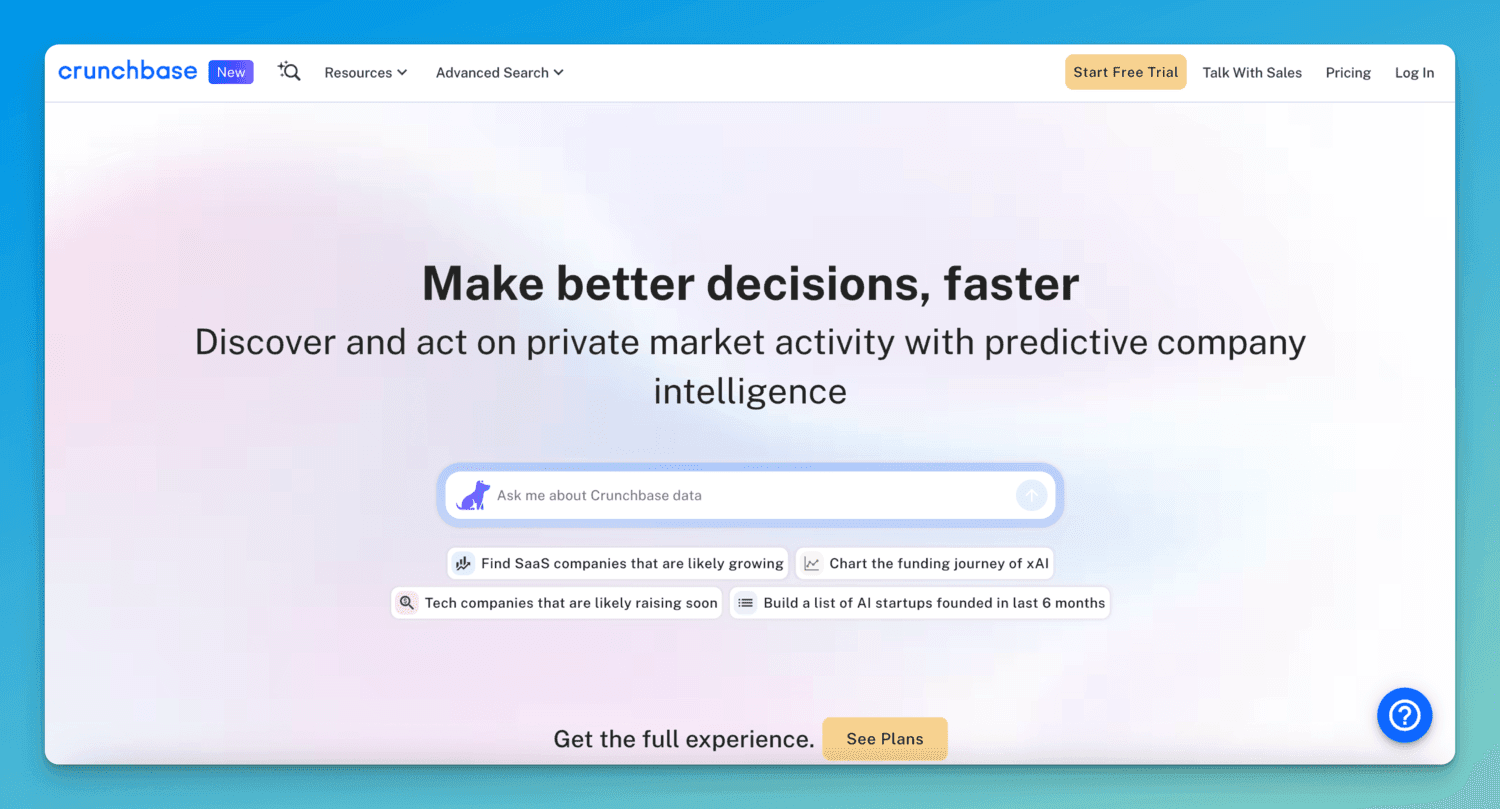
4. PitchBook
PitchBook is similar to Crunchbase.
You can find recently funded companies on PitchBook.
The below Tweet thread from Sam Blond discusses Brex’s most successful outbound sales campaign. They contacted 300 companies, and closed 169 of them as paying customers. They used PitchBook as their lead source in this campaign:
1/ The best outbound campaign we ever ran at Brex (75% demo rate, 75% demo to close):
— Sam Blond (@samdblond) January 9, 2023
Brex launched in 2018 as the first corporate card for startups. After launch, when we were still ~30 employees and near 0 rev, we ran the most successful outbound campaign I've ever seen.
5. Find “top companies in x category”
You can search for “top companies in x category” on Google or ChatGPT to find leads.
For example, if you were building a newsletter software, you could search Google for “top blogs in x category” to find a list of potential customers.
The following tweet thread from Nathan Barry discusses how he grew ConvertKit’s MRR to over $100,000 by using this method as his primary lead source:
My software company hit $1,500 MRR and then got stuck.
— Nathan Barry (@nathanbarry) October 27, 2022
...Until I pivoted marketing tactics.
Here’s the exact method I used to scale to $100k MRR in the next 12 months: pic.twitter.com/9k8V1jMkh3
6. Review sites
Review sites can be a great lead source for certain industries.
For example, if you are selling a product that is built for SaaS companies, then you can find lists of SaaS companies on software review sites like Capterra and G2.
If you are selling a product or service for tourism companies, then TripAdvisor would be a good lead source.

7. YCombinator
If you are selling to startups, then YCombinator is a good lead source.
YCombinator is the world’s largest startup accelerator, and has funded over 4,000 companies.
You can see a list of YC companies on their website.
Selling to startups has its advantages and disadvantages. It is easier to get a startup to adopt your product, however, they are more likely to go out of business, so churn will be higher compared to selling to larger established companies.
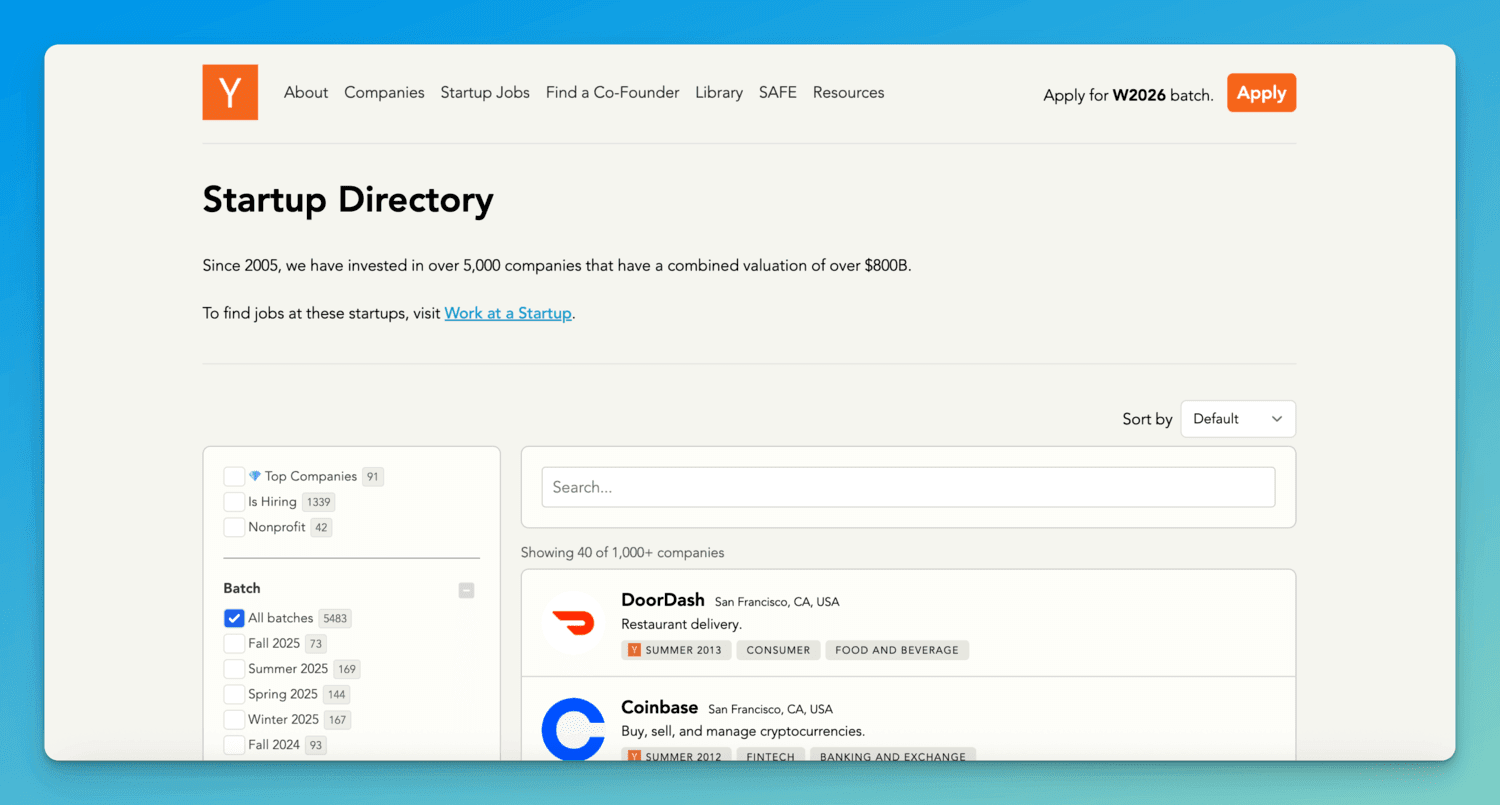
8. Competitor audiences
Another lead source is your competition's audience.
You can extract your competition's connections on LinkedIn, and then contact them with personalized cold emails.
For example, you could send a connection request on LinkedIn to the founder/CEO of your competitor.
When he/she accepts your connection request, you can open LinkedIn Sales Navigator, and extract all of his/her connections by using Emailchaser's Lead Finder extension.
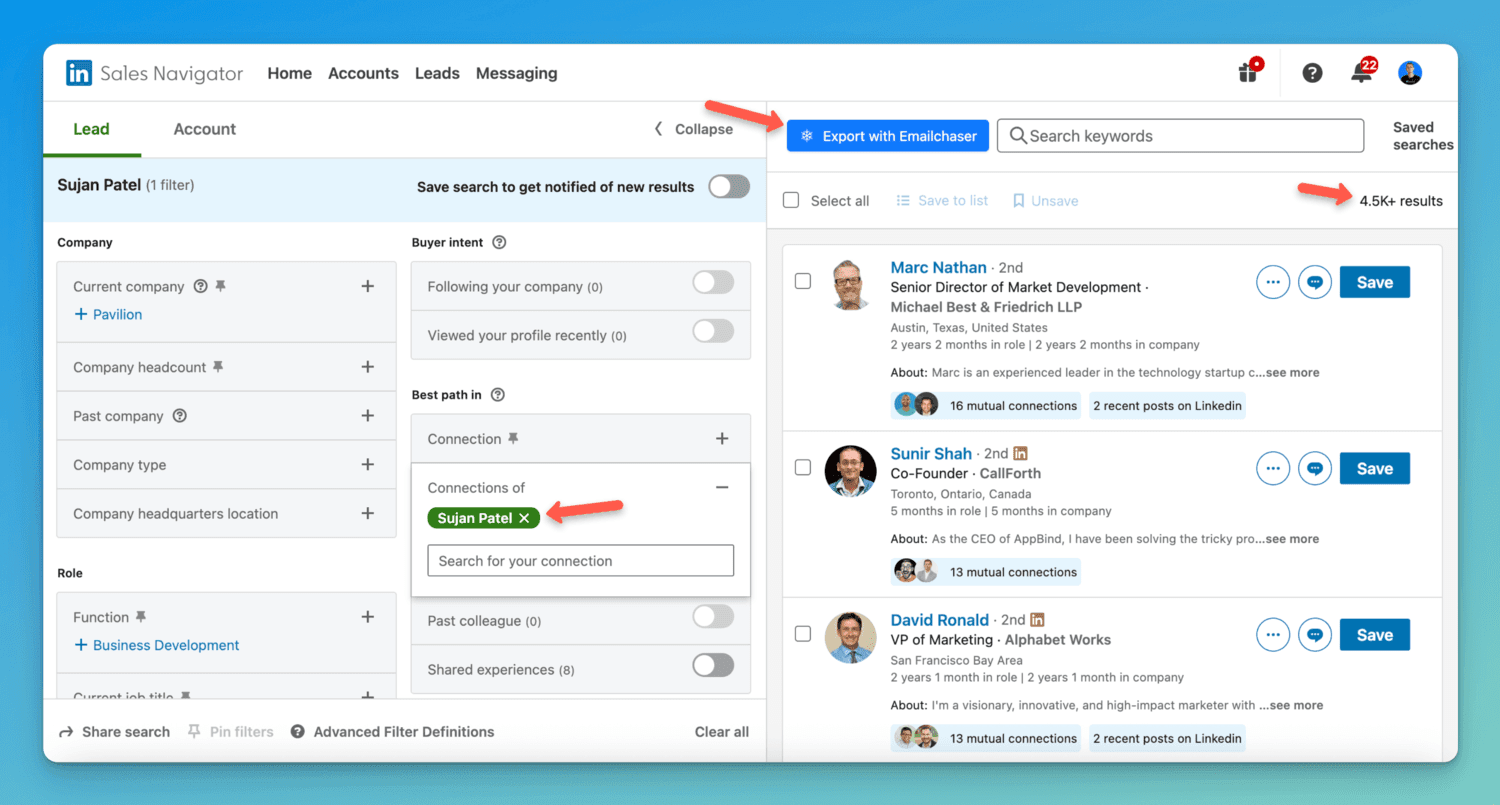
If you do this to dozens of people, you'll have a list of tens of thousands of people that are likely to be users of your competitors' products.
All you need to do is upload these leads to a cold email campaign in Emailchaser.

9. Google Maps
Google Maps is the best place to find local businesses.
Plumbing companies, restaurants, hair salons, gyms etc.
You can use a pre-existing Apify scraper to extract companies directly from Google Maps.
I recommend that you eliminate low quality companies as they are unlikely to convert to paying customers; for example, you should only extract businesses that have an average rating of at least 3/5, with at least 10 reviews. Doing this will prevent you from wasting time & resources on companies that are unlikely to convert.
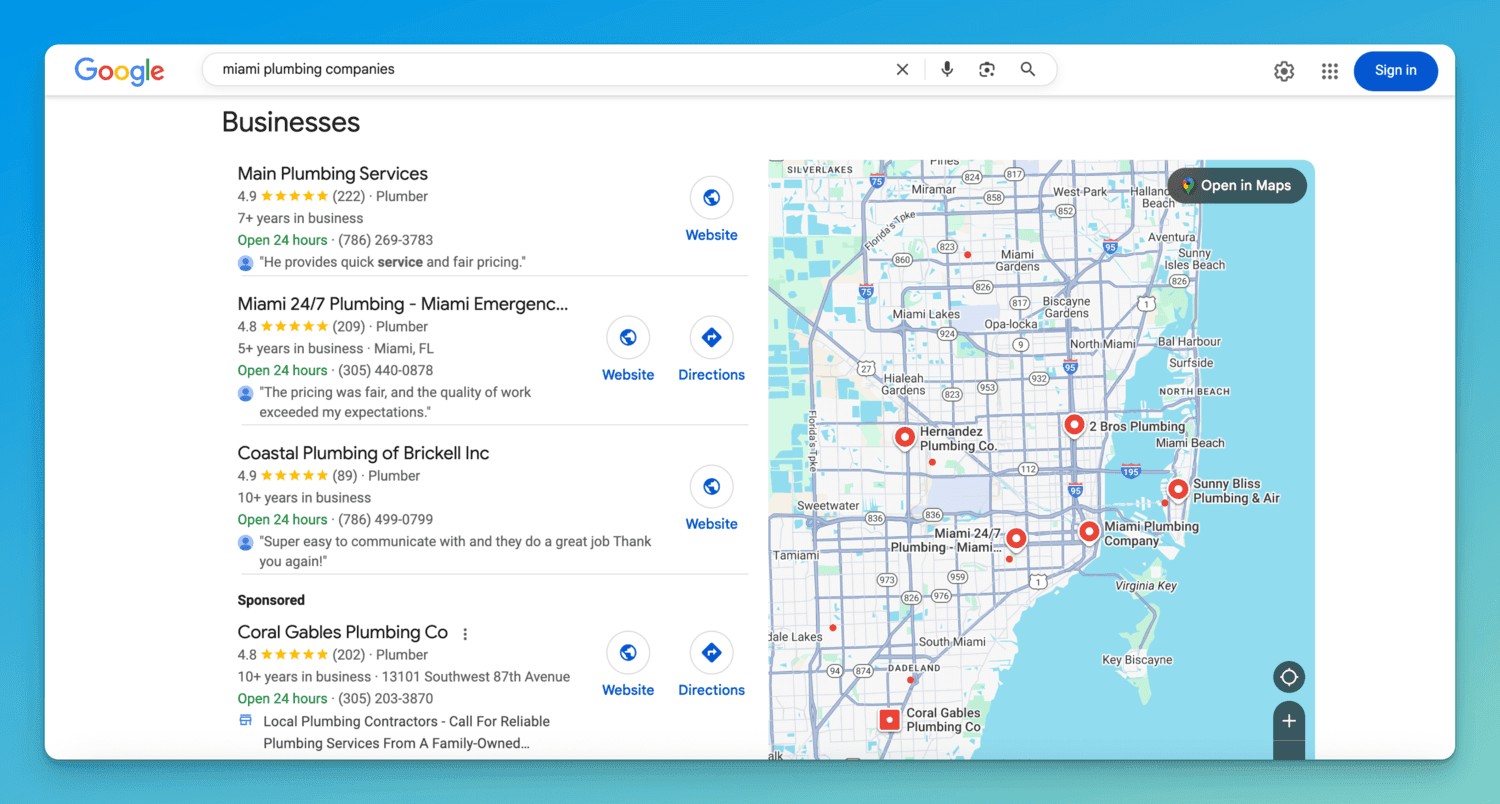
10. Directories
Directories are websites that list companies by category.
For example, there are directories that list law firms, such as The Legal 500.
You can search Google or ChatGPT for directories that are relevant to your industry, and reach out to the mentioned companies.
The best way to reach out to these companies is by scraping them, then finding the email address of the founder/CEO of each company, and uploading your lead list to a campaign in Emailchaser.
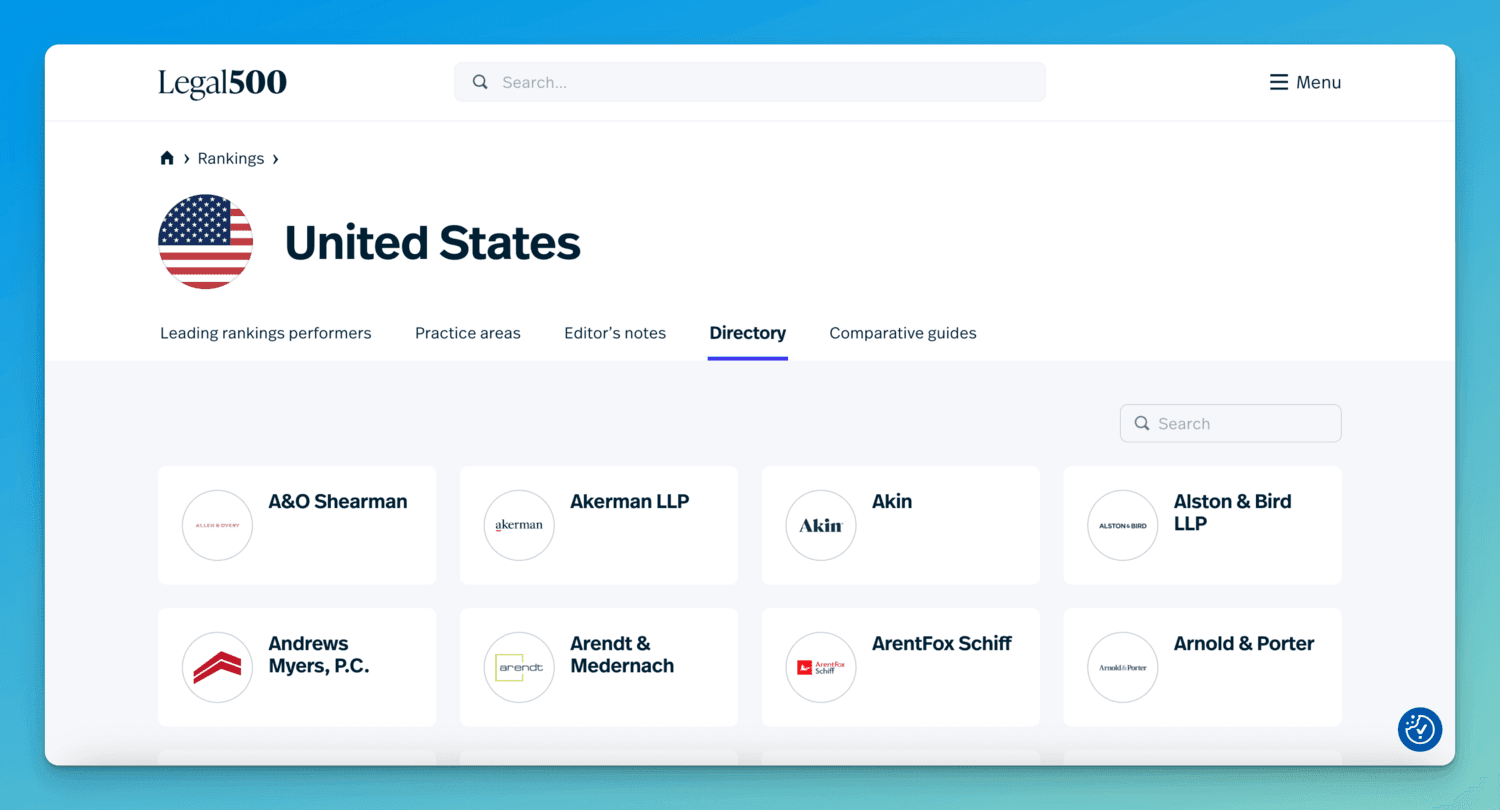
Final thoughts
LinkedIn Sales Navigator is the best B2B lead source for most cold email campaigns.
I recommend that you use Emailchaser's Lead Finder extension to extract leads with their emails directly from Sales Navigator.
Once you have your lead list, it's important to write an email that people want to respond to. You can learn how to do this in my article How To Write A Cold Email.
Article by
George Wauchope
Founder of Emailchaser.
I have been working in the sales & marketing industry for nearly a decade.
When I’m not working on my business, I enjoy eating sushi & doing jiu-jitsu.
About the author
Address: 151 Calle de San Francisco San Juan, Puerto Rico
Email: [email protected]
© Copyright 2025 Emailchaser